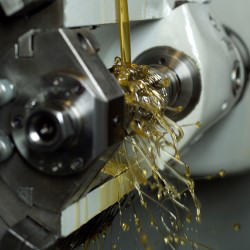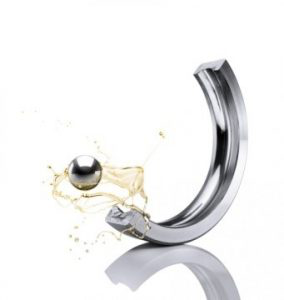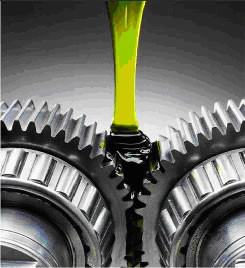How Temperature Impacts Oil Condition
“If an oil with a viscosity grade (ISO VG) of 680 has an oil temperature of 60 degrees C but the journal bearing temperature is 88 degrees C, will it affect the oil condition or can the oil withstand this temperature?”
- Temperature affects many things in the realm of machinery reliability.
- At this elevated temperature, you would expect :
- The viscosity decrease, the lubricant film become thinner,
- An acceleration in abrasion and scuffing conditions,
- The oil to age sooner,
- The additives deplete quicker,
- An acceleration of corrosion
- The formation of sludge and varnish.
- A few of the side effects of running at a higher temperature, but play a critical role in the overall health of the machine and the lubricant.
- The relationship between temperature and chemical reaction rates (oxidation or the chemical aging of the oil) was theorized by Svante Arrhenius around the turn of the 19th
- Lubricants will degrade twice as fast for every 10 degrees Celsius the temperature is increased after their base activation temperature has been reached.
- Viscosity is the single most important property of a lubricant, and everyone knows that a change in temperature leads to a change in viscosity.
- This temperature difference accounts for a drop in viscosity of 71 percent, assuming the lubricant in question is a mineral-based fluid with a viscosity index of 95.
- This drop-in viscosity has a staggering effect on the film strength and the ability of the lubricant to keep the journal bearing from operating in a boundary (metal-on-metal) condition.
- The selection and use of an ISO VG 680 oil in a journal bearing is outside the ordinary. This specific application would have to be very slow-moving and/or very heavily loaded to warrant the use of such a high viscosity.
- The ISO VG 680 oil provides 59.38 cSt.
- This is extremely excessive, and the consequences can result in heat generation and energy consumption because of internal fluid friction.
- Elevating the temperature to 88 degrees C will affect the oil condition, but the root cause of the heat may be an incorrect lubricant selection.


